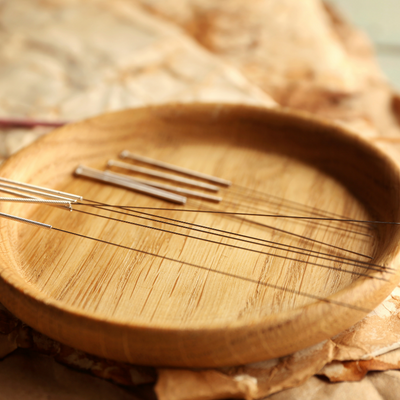Today many medical disciplines appreciate acupuncture as a method which is safe and poor in side effects. Traditionally, acupoints and trigger points are treated with metal needles, but they also react to an irradiation with Low Intensity Laser light. This non-invasive pain-free technique is known as Laser Acupuncture. It opens up new opportunities because of a combination of classical acupuncture effects with photobiomodulatory reactions at the cellular level.
Coming from empirical medicine the mechanisms of action are now scientifically researched. Specific chromophores in biological tissues are stimulated by absorption of non-ionising electromagnetic radiation of the visible and near infrared wave spectrum. Mainly interactions with mitochondrial cytochrome c oxidases trigger multiple reaction cascades which consecutively initiate anti-inflammatory, analgesic and regenerative processes. Among the standard continuous wave laser application pulsed modes are used for so-called laser resonance therapy which traces back to Dr. Paul Nogier, France.
The modulation of the laser beam with defined pulse patterns shall improve the therapeutic results. In this context measurements of Heart Rate Variability have shown that indeed especially low-frequency pulse modes have demonstrable influence on neurons of the autonomic nervous system. The lecture gives an overview of the basics of Laser Acupuncture. It explains its photobiomodulatory tissue effects and the therapeutic use of pulse modes by the example of Nogier frequencies.

